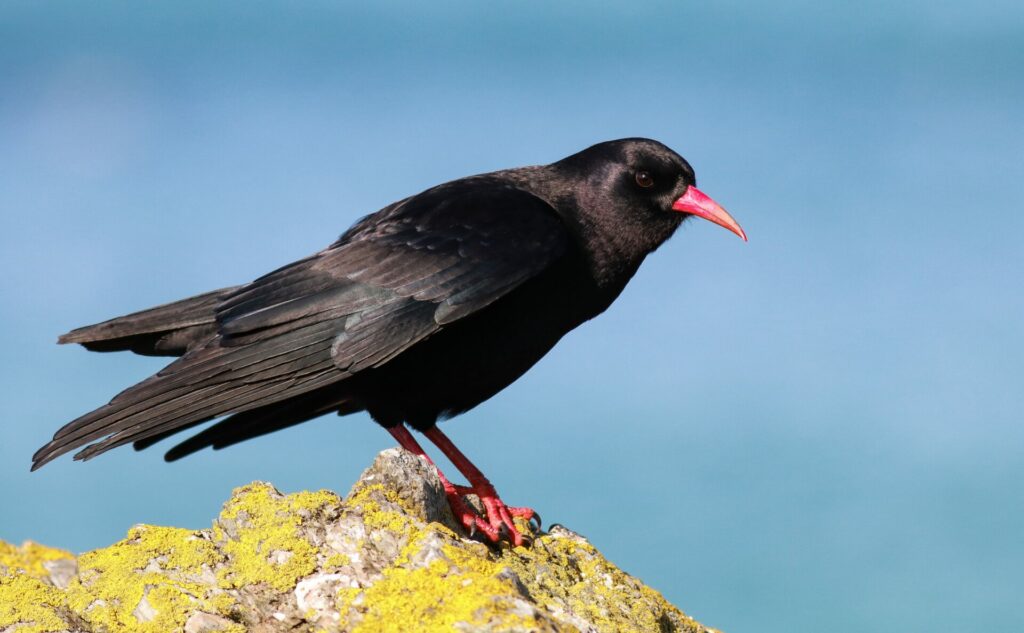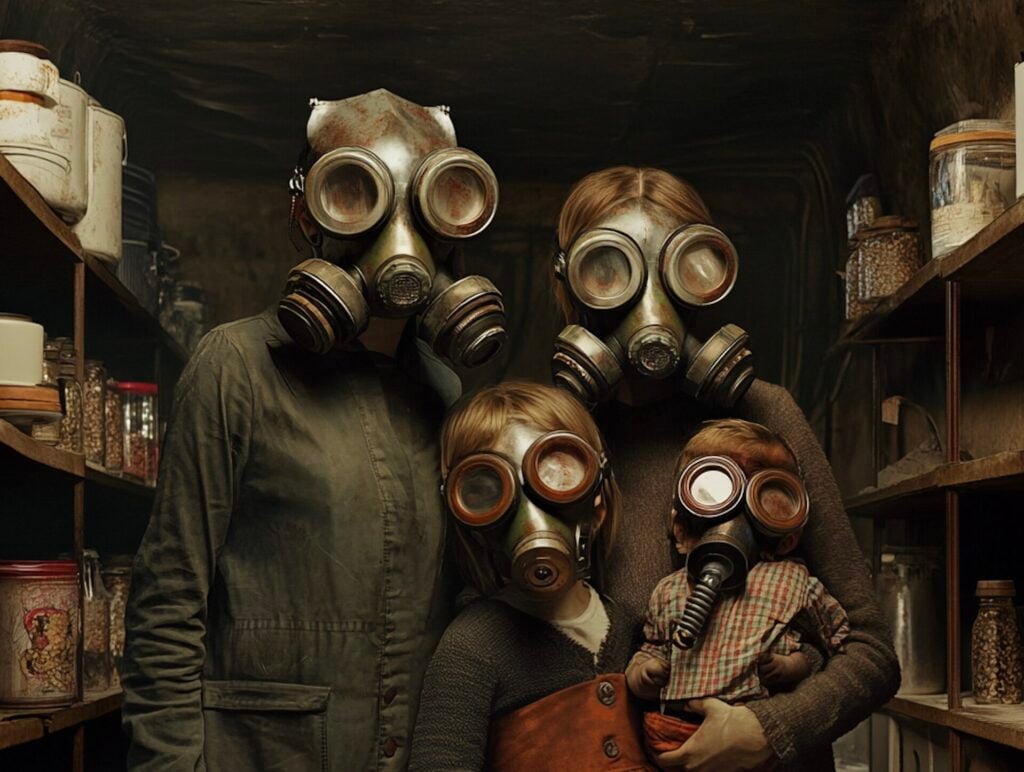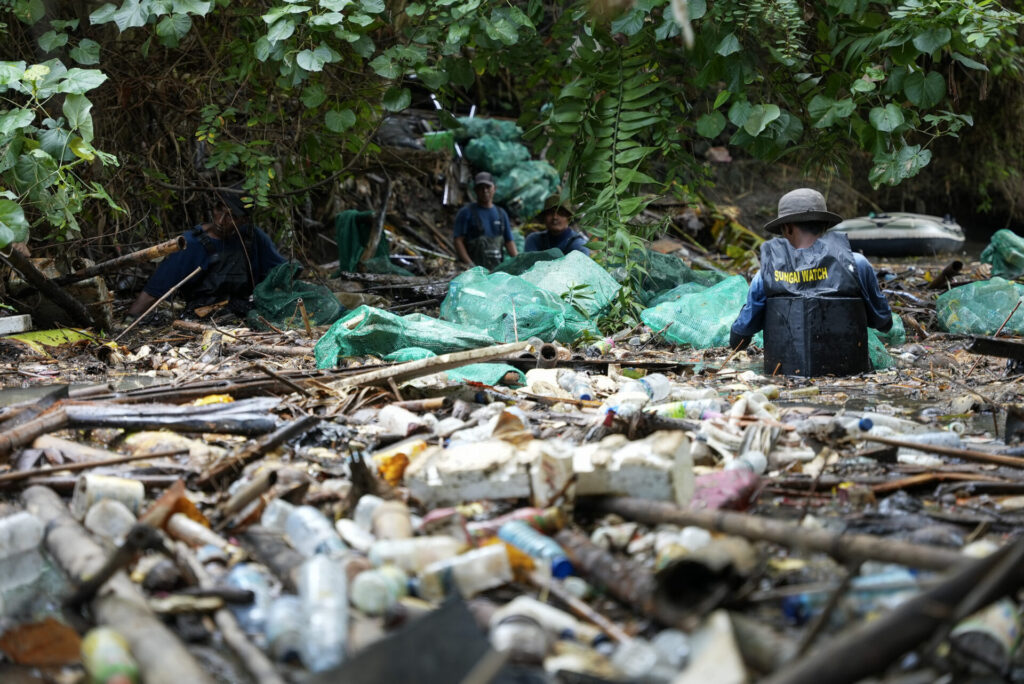It’s all too easy to let climate anxiety and Earth’s sixth mass extinction get the better of us but there are plenty of wildlife wins to celebrate. From coral spawning in Cambodia, bringing back a bird from extinction – and guiding it on a new migratory route with planes because of climate change – through to spotting a family of the world’s rarest feline species and even recognising whales as people, The Ethicalist celebrates the pioneering projects and dedicated people behind the latest incredible conservation success stories.
Bornean Clouded Leopard Family Spotted for First Time
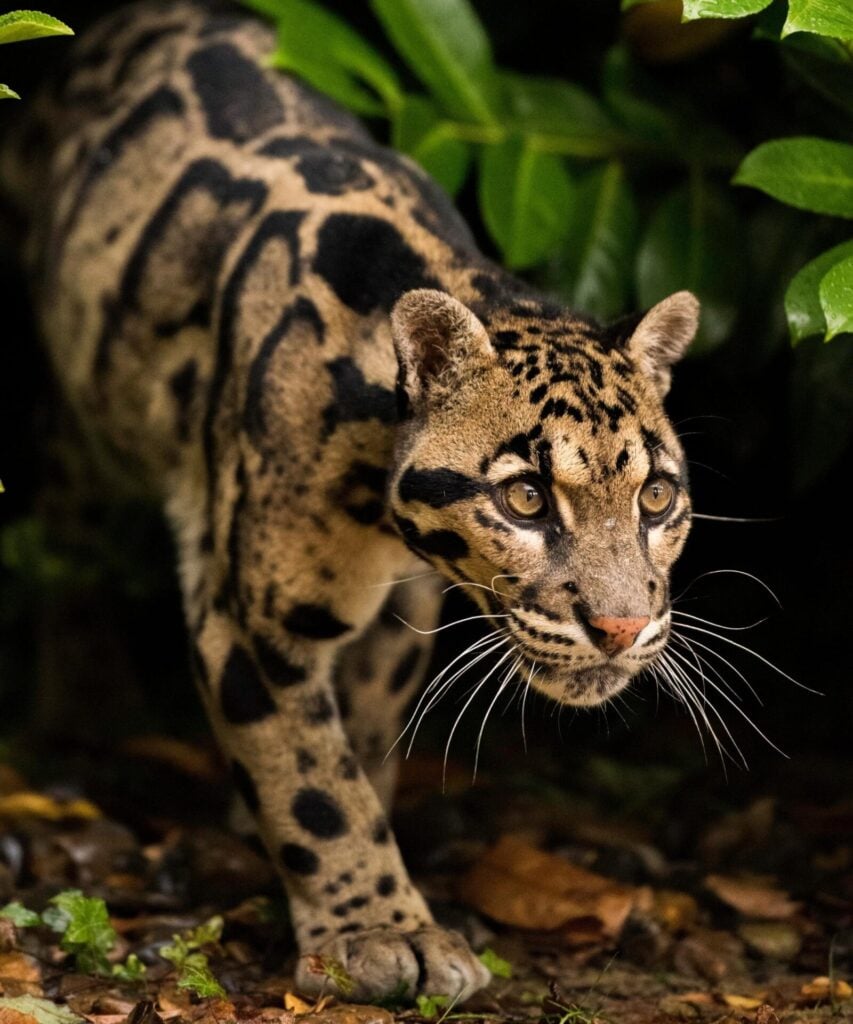
Better known for its tree-swinging orangutans and long-nosed proboscis monkeys, the tropical island of Borneo is also home to one of the world’s rarest feline species.
Endangered and elusive, Bornean clouded leopards weren’t identified as a sub species until 2007, despite diverging from the mainland population some 1.4 million years ago.
Mystery continues to surround these top predators and important ecosystem engineers, making the first-of-its-kind video of a mother and her two offspring on their native soil even more thrilling. The family were filmed roaming in Tanjung Puting National Park, that is home to the world’s largest wild orangutan population, last April, thanks to camera traps set by UK-founded non-profit Orangutan Foundation.
According to globalconservation.org these remarkable cats face a double whammy of deforestation and commercial poaching. Conservationists are calling this sighting very promising, since it proves the endangered species is successfully breeding.
Coral Spawning in Cambodia Caught on Camera
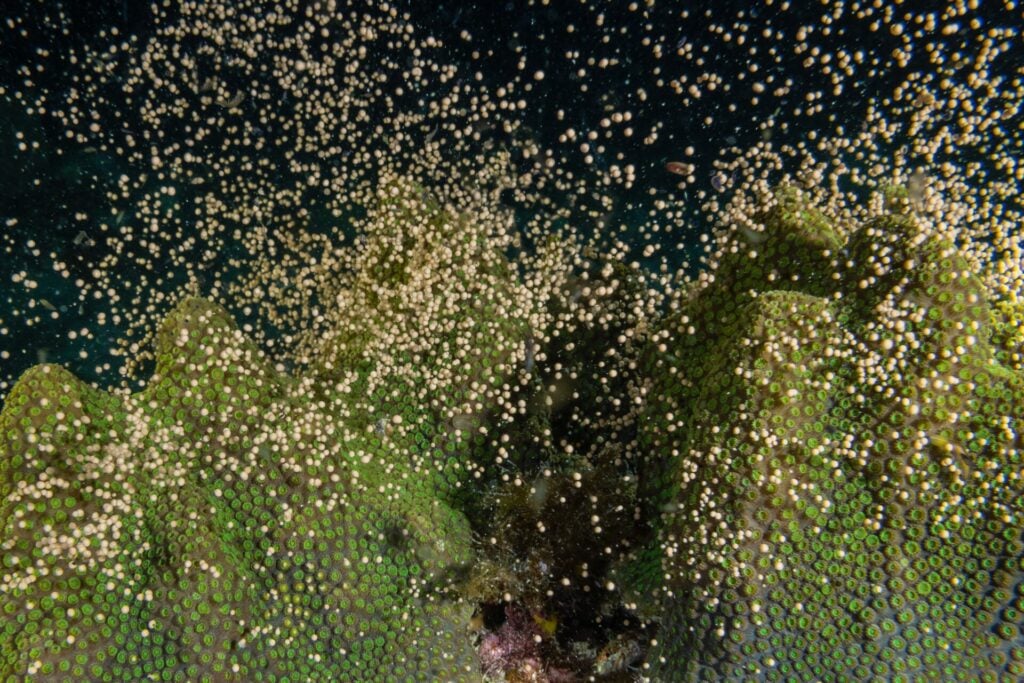
Members of Fauna & Flora’s Cambodia team witnessed the South East Asian country’s first-ever coral spawning in the Gulf of Thailand.
Described as one of nature’s most spectacular events, thousands of sperm and eggs from coral reef colonies were released in pearl-sized balls, transforming the ocean into a magical upside-down snow globe.
An annual event occurring only at night and guided by moon phases and tides, spawning is a sign of stellar reef health since corals don’t reproduce under extreme pressures like climate change.
Rising sea temperatures in the Atlantic, Pacific and Indian Oceans have causedbleaching-level thermal stress, leaving corals ghostly white and vulnerable to disease in 75 per cent of the world’s coral reefs according to National Oceanic and Atmospheric Administration. Globally, coral reefs have declined by half since the 1950s, so Cambodia’s spawning event last March is heartening news,particularly as the country boasts many of the planet’s rarest and most beautiful corals.
The Once-Extinct Northern Bald Ibis is Flying High
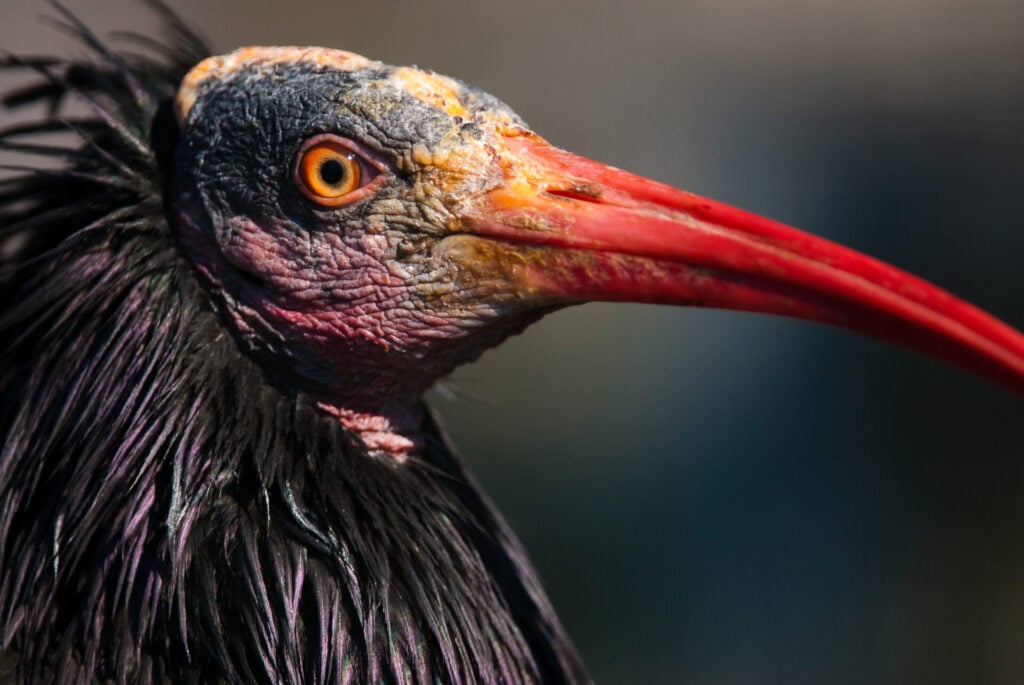
Last year marked a milestone for a project that’s literally raised hopes for the formerly extinct northern bald ibis in European skies.
A once common sight in North Africa, the Arabian Peninsula and most of Europe, the migratory species was driven to extinction in Central Europe by habitat loss and hunting for their meat and feathers in the 17th century.
It’s taken over two decades of dedicated conservation efforts to take their population from zero to 300 with the help of scientists-turned-foster parents. Hand-raised by surrogate human mums at Vienna Zoo, once mature, the birds are guided by a microlight aircraft on their ancestor’s migration path from Austria to Italy via the Alps.
Their latest journey (number 17!) to their wintering grounds is bittersweet, with climate change forcing the 36-strong flock to take a longer route to Spain; adding 186 miles to the 1,550-mile-long journey.
Despite the challenges, 2024 saw the northern bald ibis downgraded from critically endangered to endangered by the IUCN, inspiring faith in this pioneering project and team.
Endangered Lemurs Get to Move it Move It Back to Madagascar
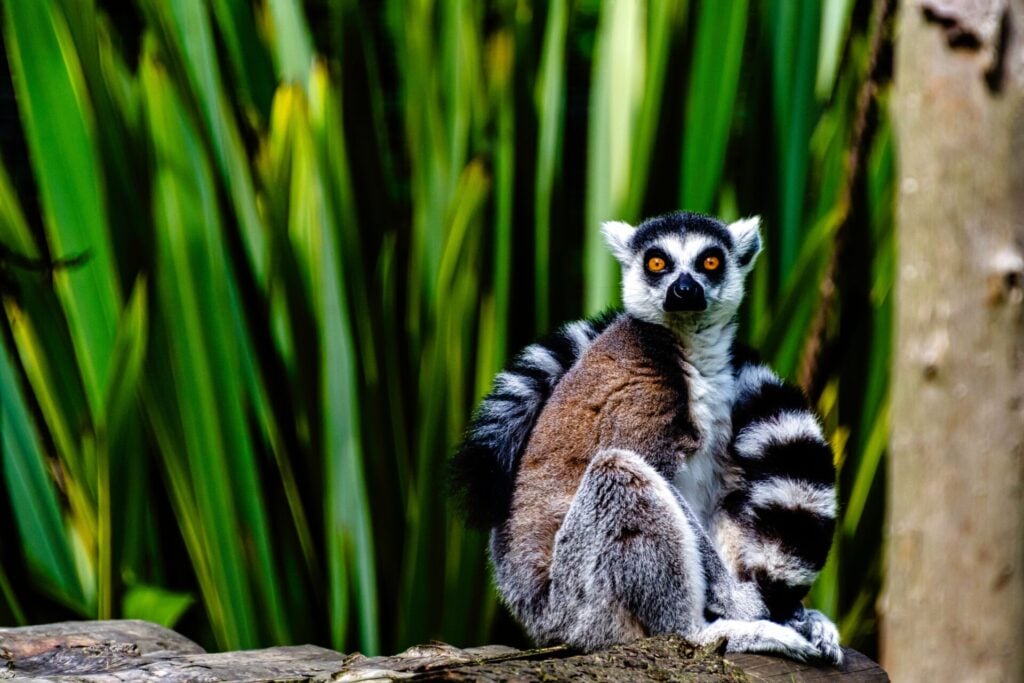
Distinguished by their bright orange eyes and black and white-striped tails, ring-tailed lemurs are synonymous with their Indian Ocean Island home (as well as the popular Disney movie of the same name). And they’re at the centre of what’s been dubbed the largest return of trafficked species in Madagascar’s history and a victory in the fight against wildlife crime.
A thousand highly-endangered lemurs and tortoises were repatriated last December after being illegally smuggled out of the country seven months earlier. In a remarkable story of survival against the odds, the wild animals endured an exhausting journey being shipped to Indonesia and across the Malacca Strait on speedboat, before travelling overland to Thailand, a known wildlife trafficking hub.
All endemic and endangered, among the species were 31 brown lemurs, 16 ring-tailed lemurs, 155 radiated tortoises and 759 critically endangered spider tortoises – the smallest of the island’s four native species.
The animals are being rehabilitated in protected Madagascan nature reserves before being fully released into the wild, where they rightfully belong.
New Zealand Recognises Whales as a ‘Living Entity’
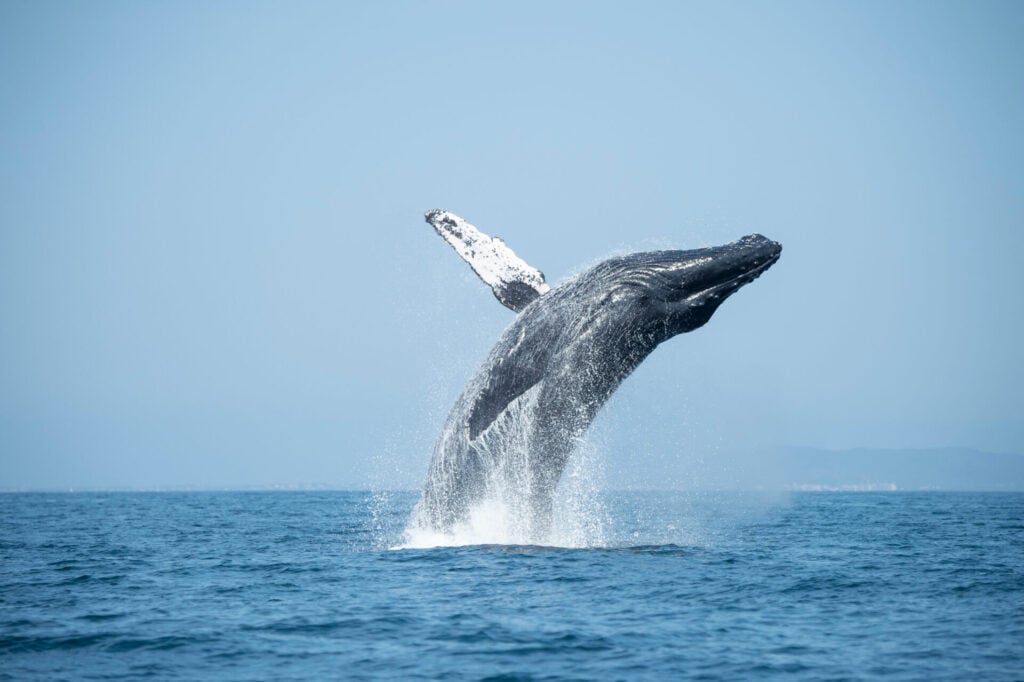
In a historic leap for cetaceans, Pacific Indigenous leaders in New Zealand, Tahiti and the Cook Islands recognised whales (tohorā) as ‘legal persons’ with the ability to thrive alongside humanity.
The landmark treaty, called He Whakaputanga Moana (Declaration of the Ocean), will give these magnificent marine mammals inherent rights like freedom of movement and a healthy environment ‘free from pollution, unsustainable fishing practices, ship strikes and climate change.’
Critical to the wider marine life web, whales are regarded as sacred spirits by Polynesian people. Humpbacks specifically are considered ancestors to the Māori, who’ve already acquired the same legal rights as human beings for some of New Zealand’s rivers, parks and mountains.
Conservationists are hopeful that this latest treaty will strengthen protection for these gentle giants by recognising both their sentience and ecological importance.
Canada Launches a Landmark Monarch Butterfly Programme
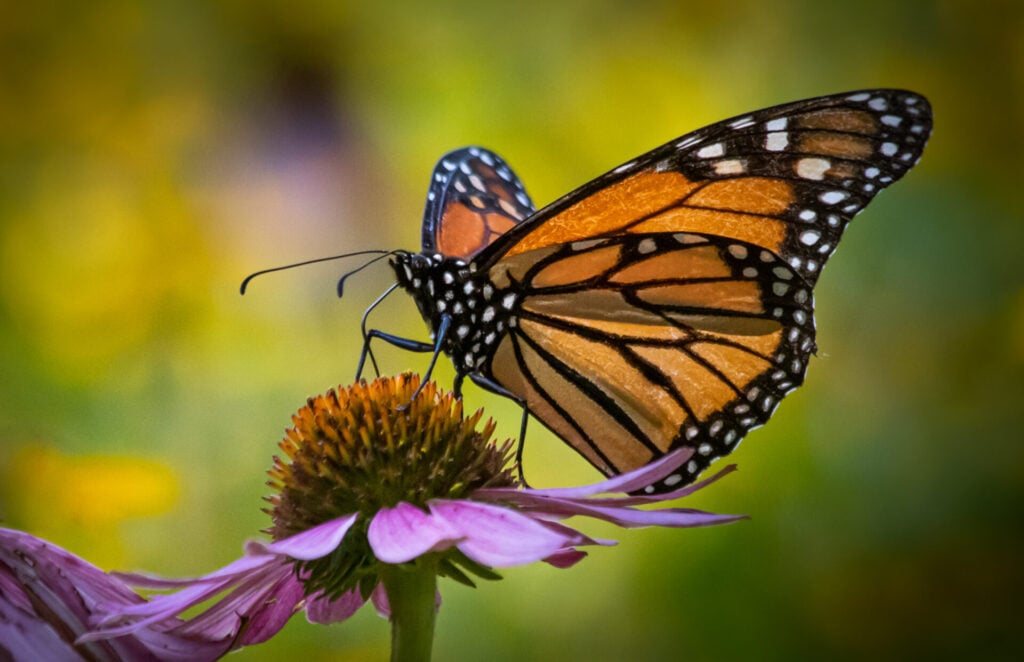
Best known for their marathon two-way annual migration from North America to Mexico’s mountains, these orange-red winged butterflies aren’t just pretty – they’re precious pollinators that are critical for food security.
Classified as endangered, monarchs’ global population is in peril due to climate change and destruction of habitat across their migratory paths and breeding grounds.
In 2024 the Canadian Government poured a whopping $623,000 CONVERT into protecting breeding colonies in Southern Ontario, a province plentiful in milkweed – the monarch caterpillars’ sole food source. As part of their conservation efforts to build habitat connectivity, new ‘urban’ meadows are being created in the city of Richmond Hill and native seeds are being planted in southern Ontario’s Carolinian ecoregion.
Rare Wild Horses Are returned to their Homeland of Kazakhstan
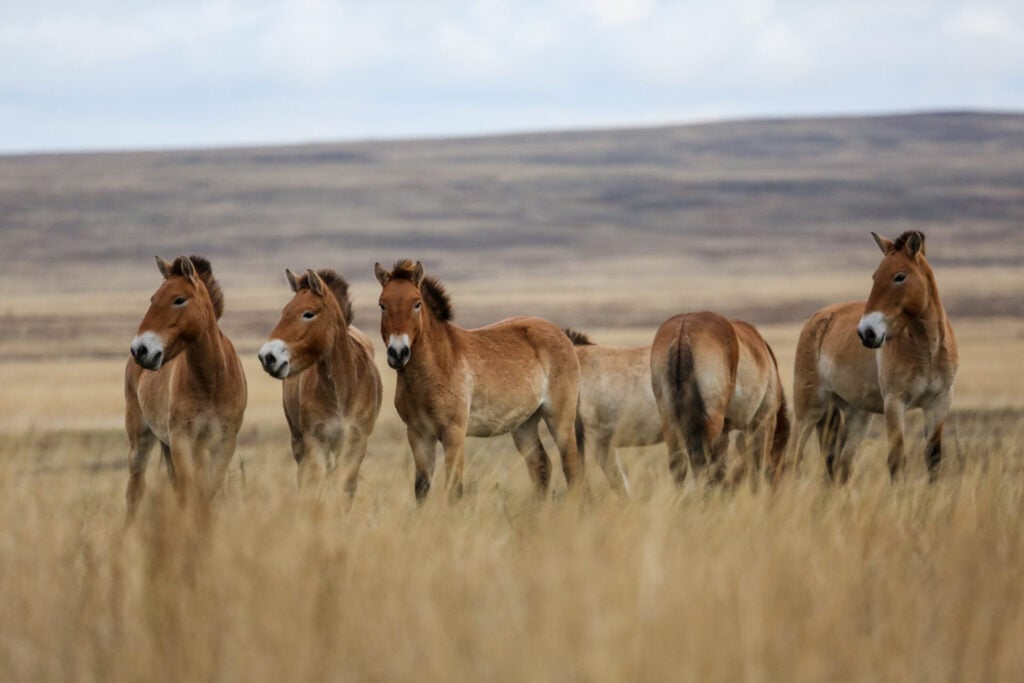
After a 200-year-absence, some of earth’s last truly wild horses are galloping wild and free in their native Kazakhstan. The small and stocky Przewalski horses – known as takhi in Mongolian – have been reintroduced to the Golden Steppe, a 500 square mile habitat of grass and wetlands where they once roamed for millennia. Six mares and a stallion were transported in army planes from Prague and Berlin Zoos to central Kazakhstan last June as part of a decades-in-the-making rewilding project.
It’s hoped that the planet’s last surviving wild breed of never-domesticated-horses will help restore the steppe’s ecosystem and preserve its unique biodiversity in a number of different ways. The combined impact of digging, grazing and fertilizing the landscape with their dung should increase the number of plant species growing there and also help fireproof the steppe. The release of a further 40 takhi to their natural habitat is scheduled to happen in the next five years.




